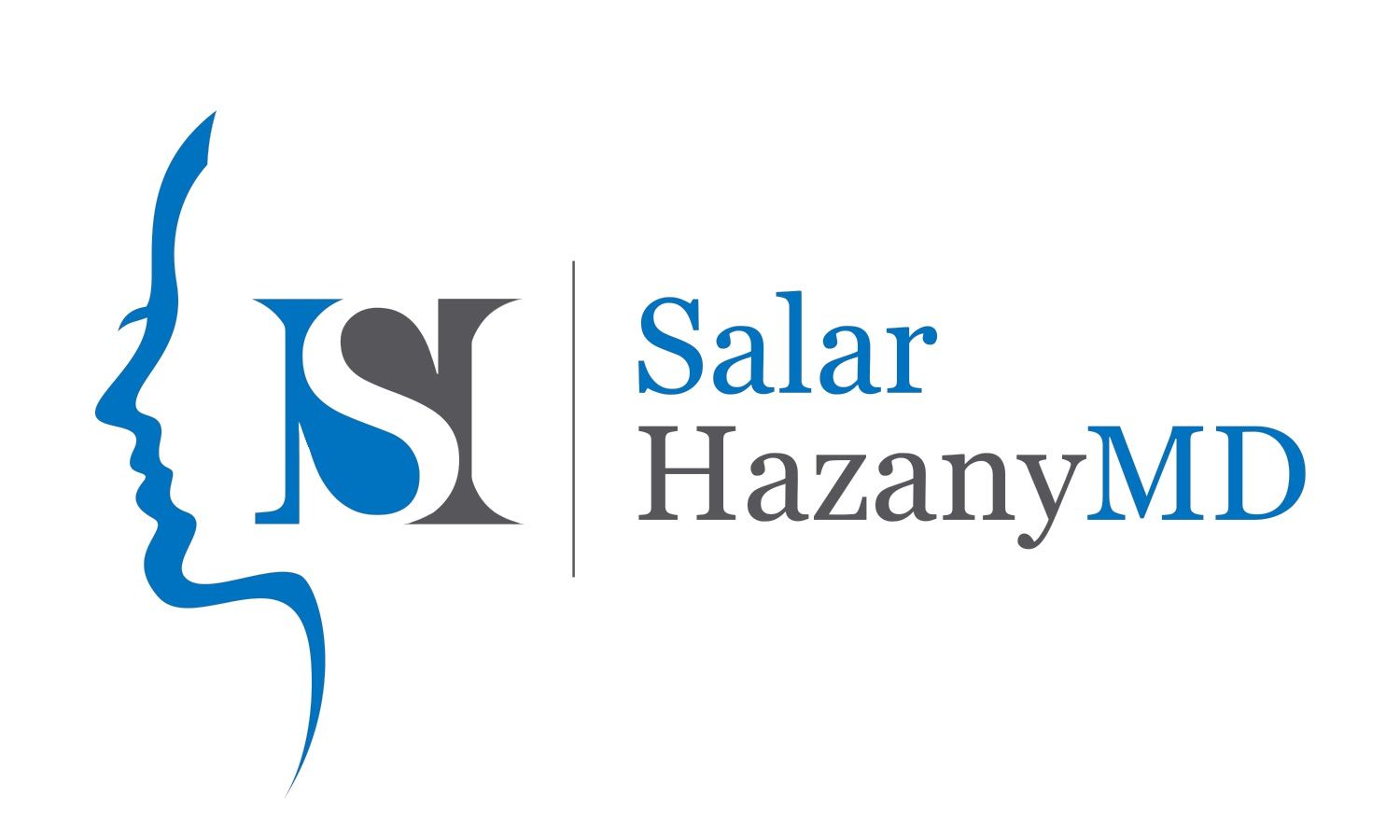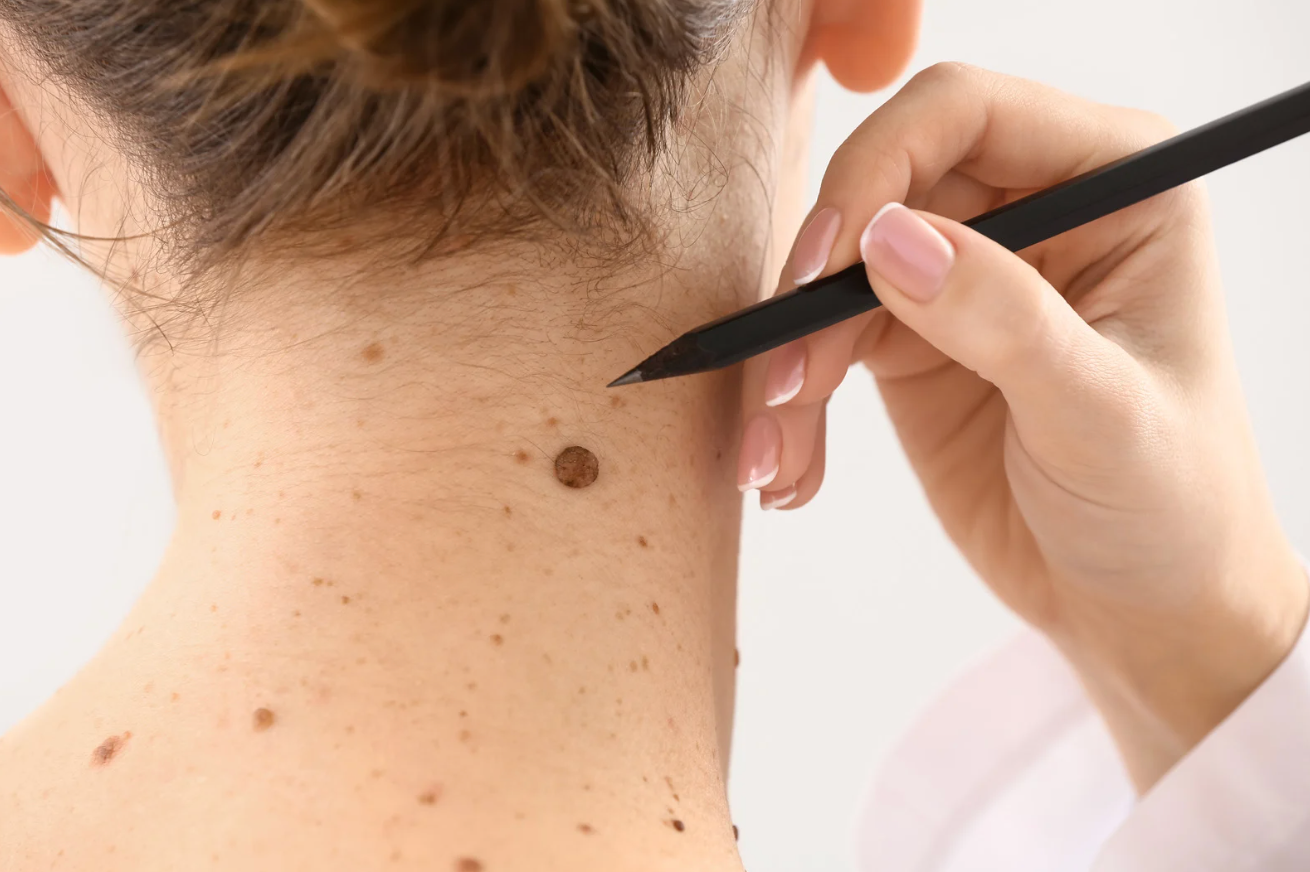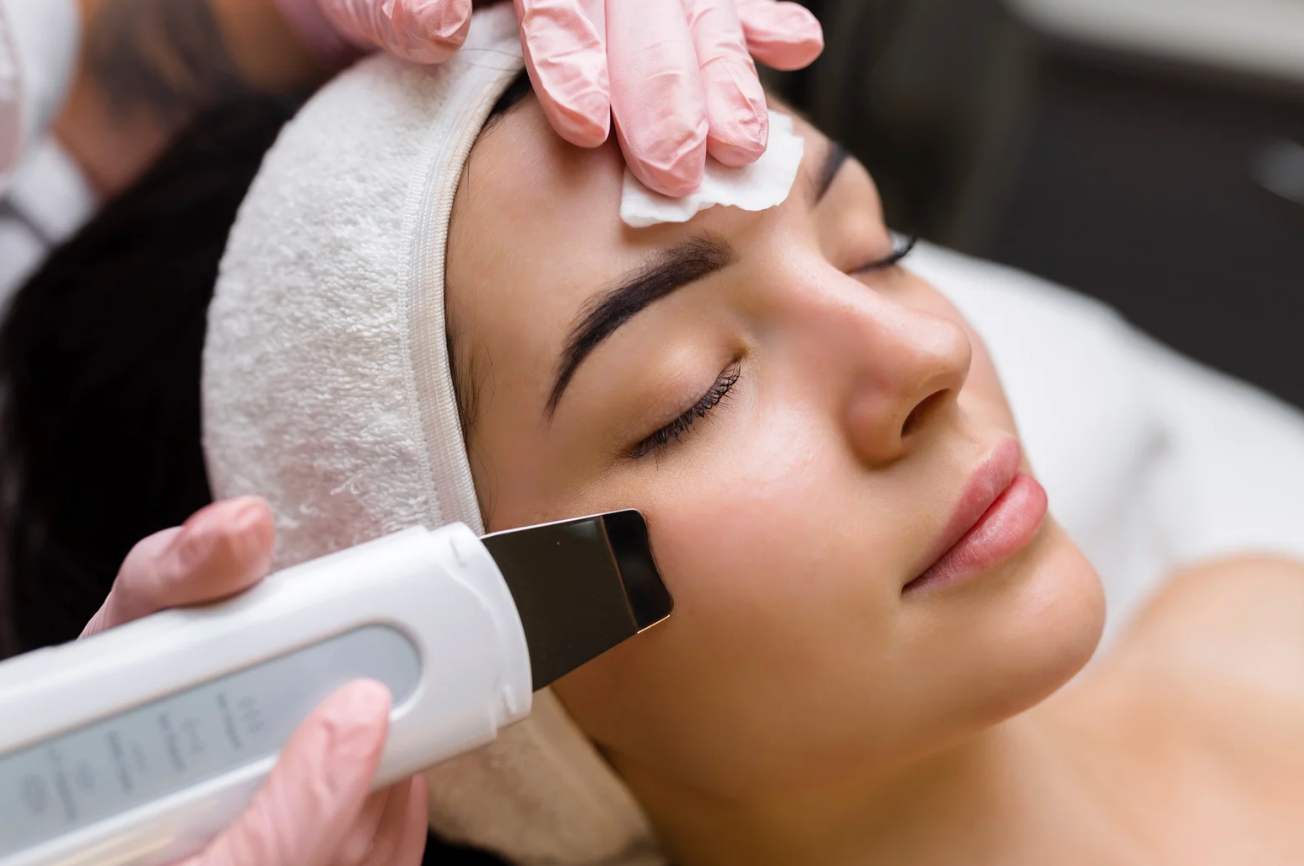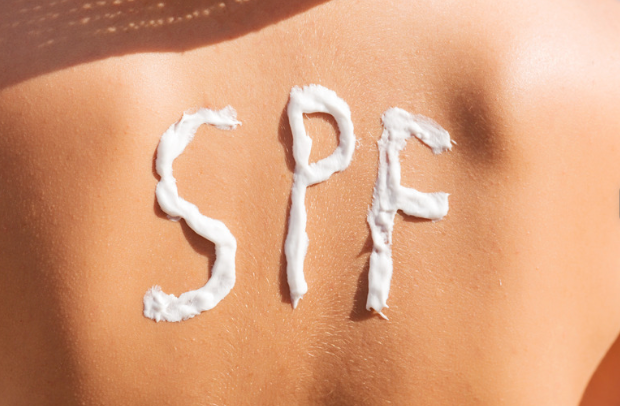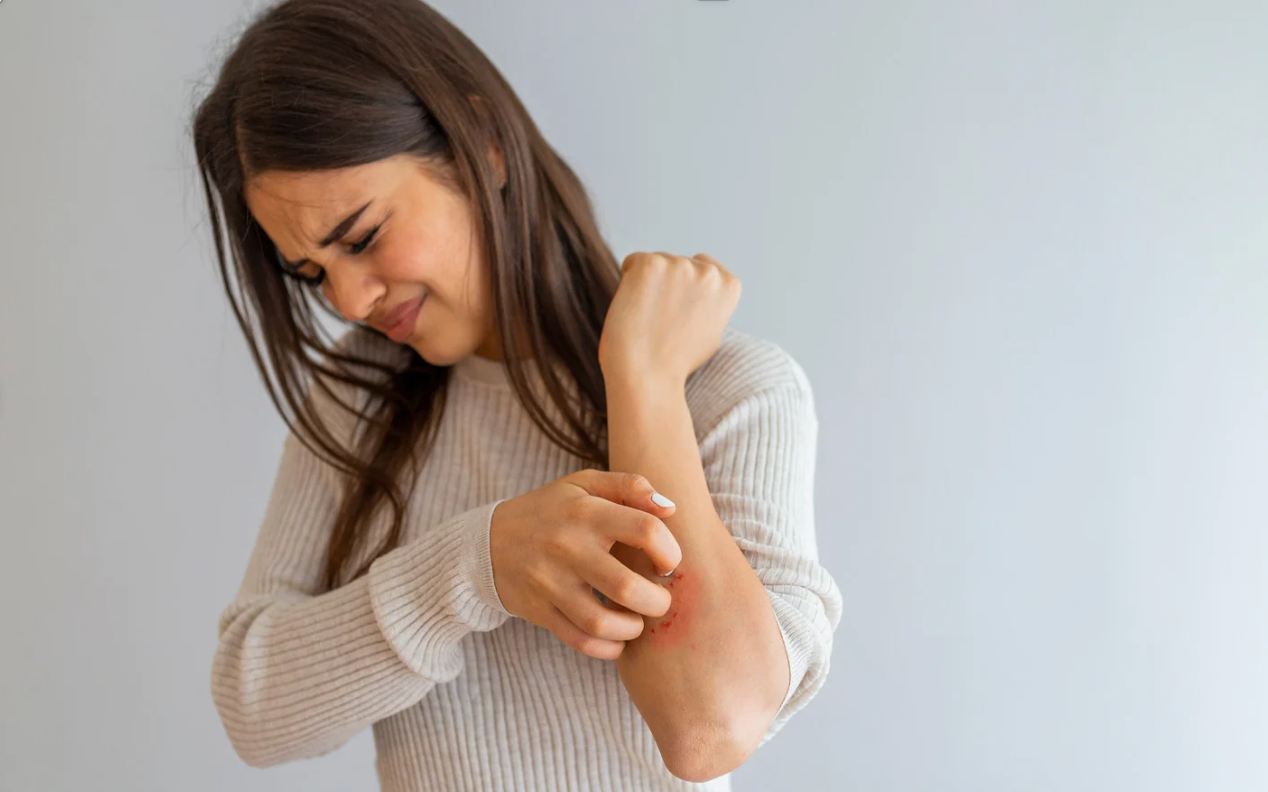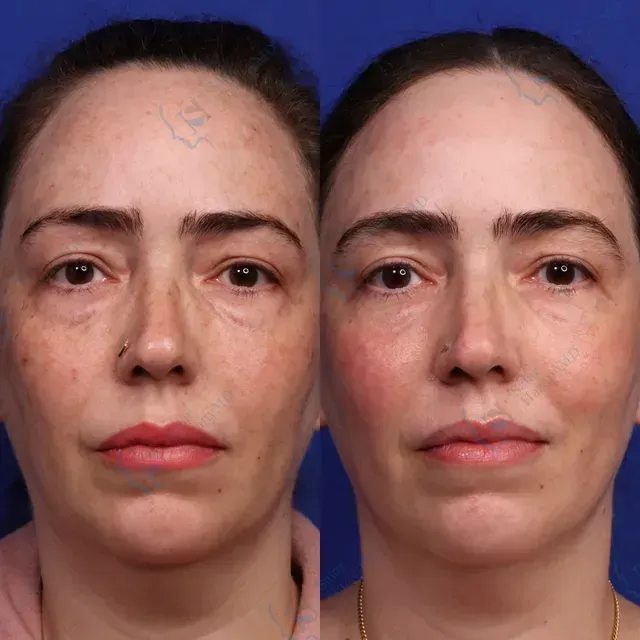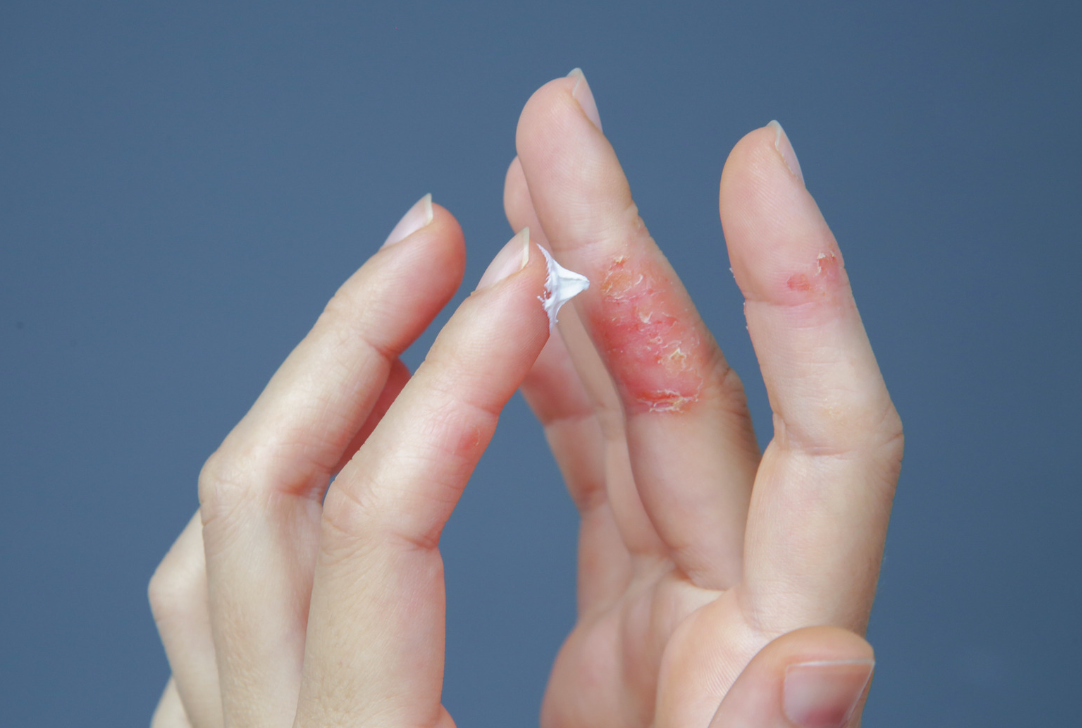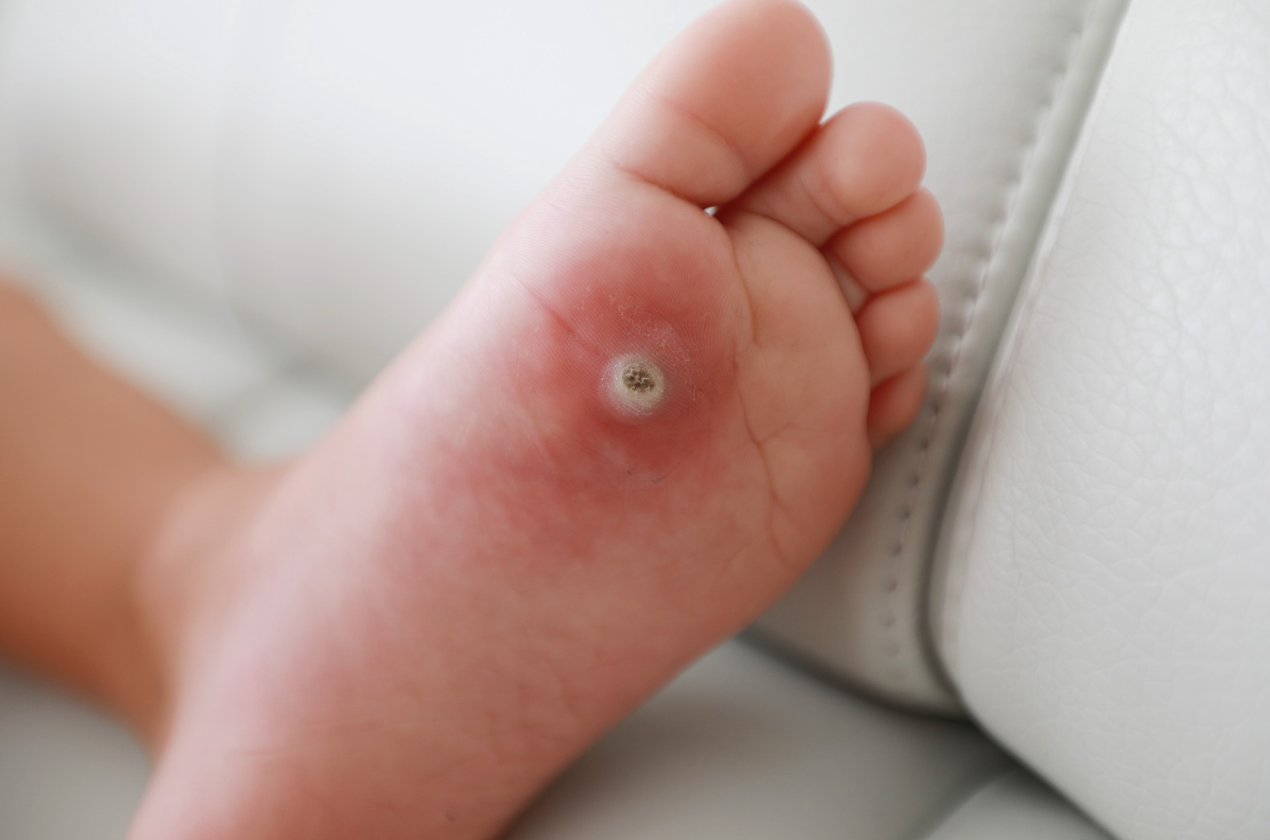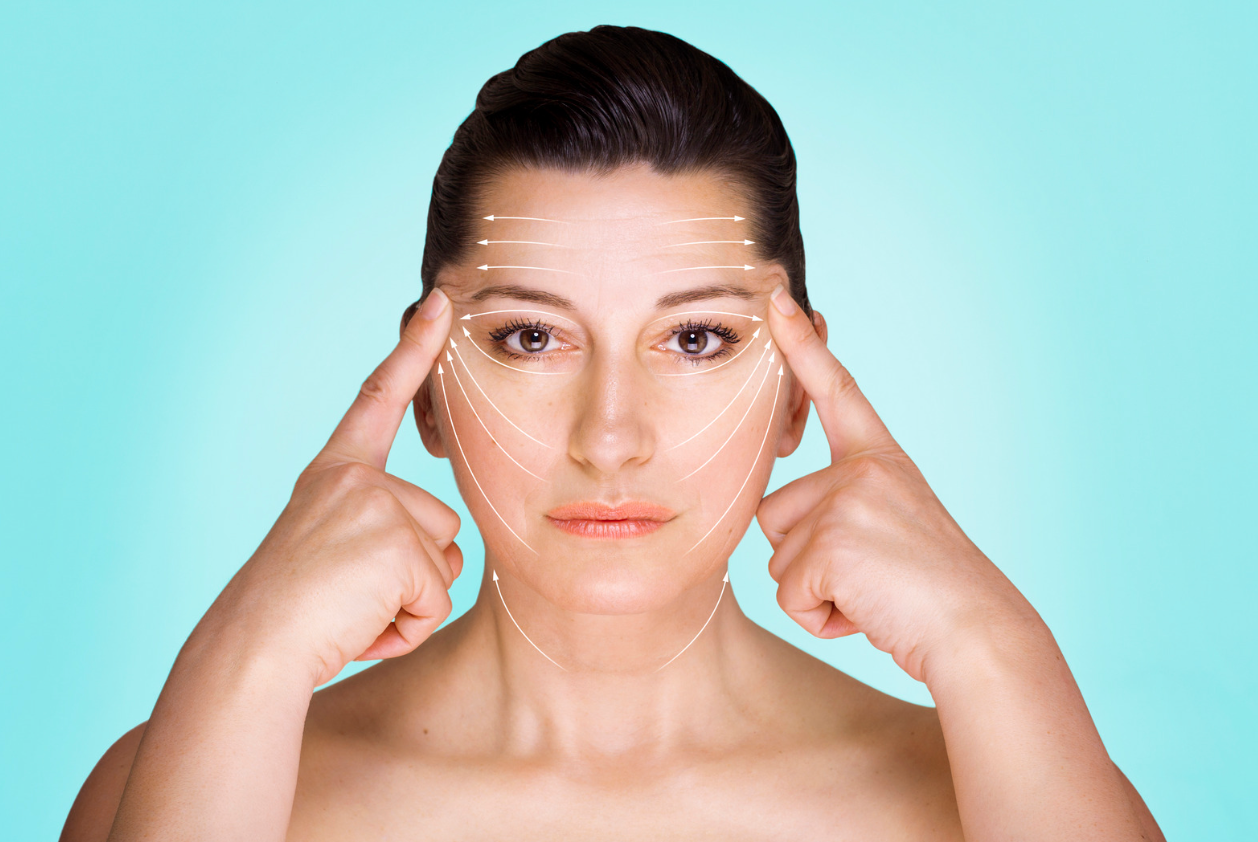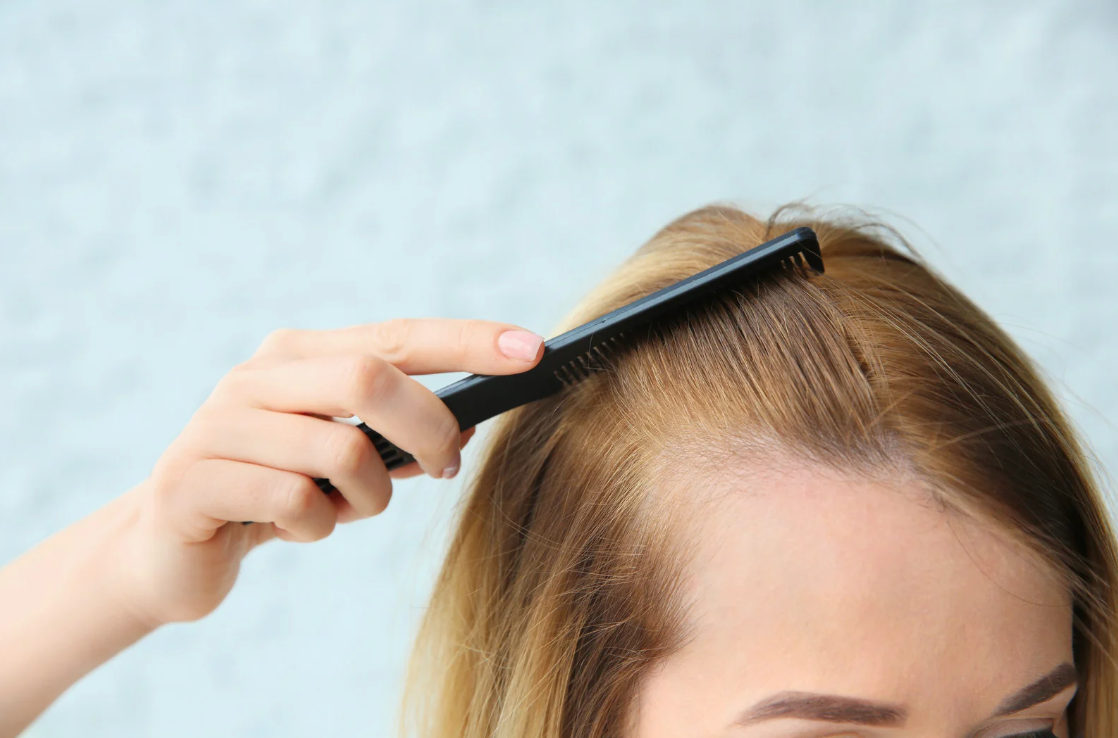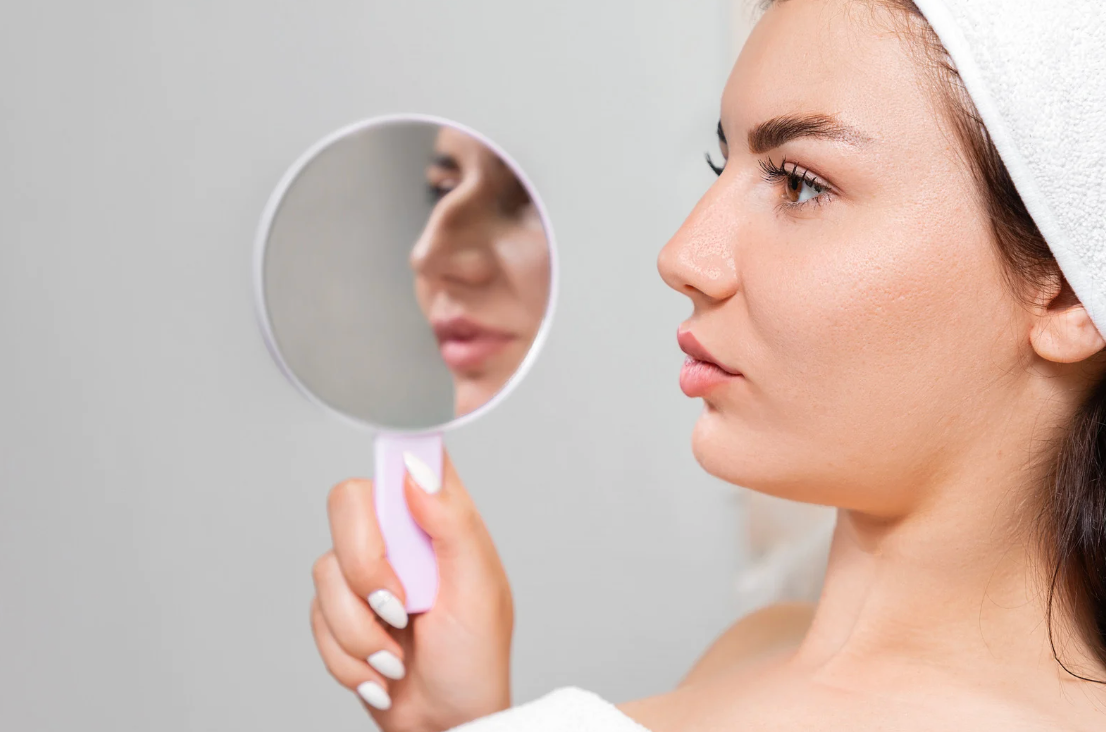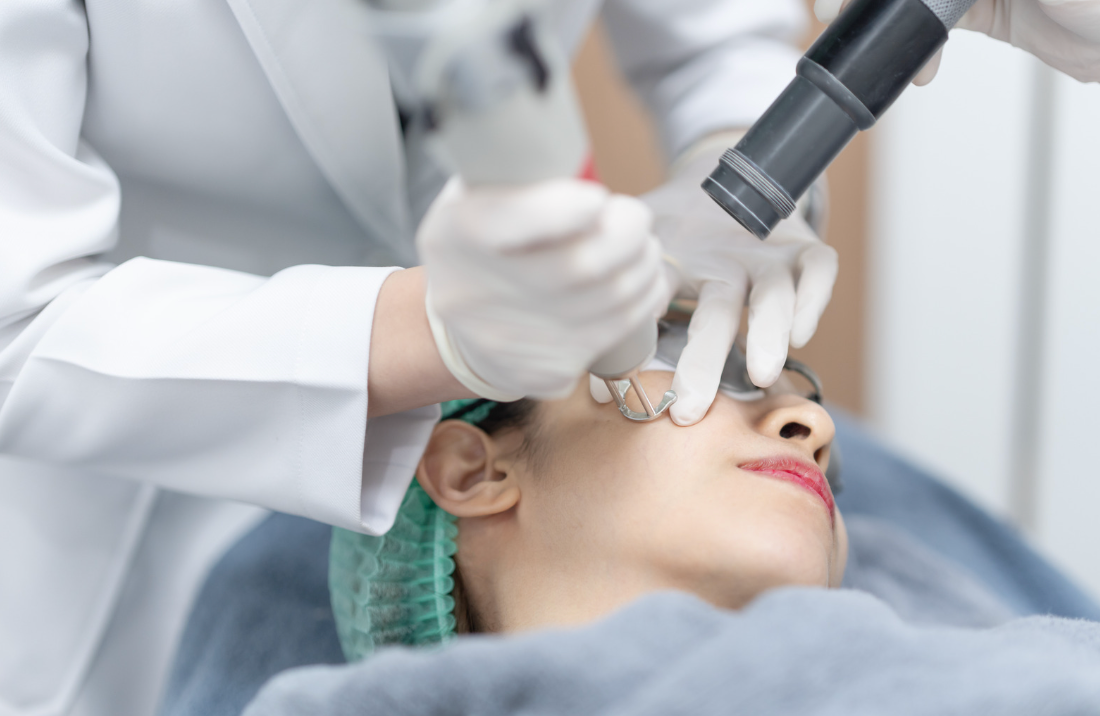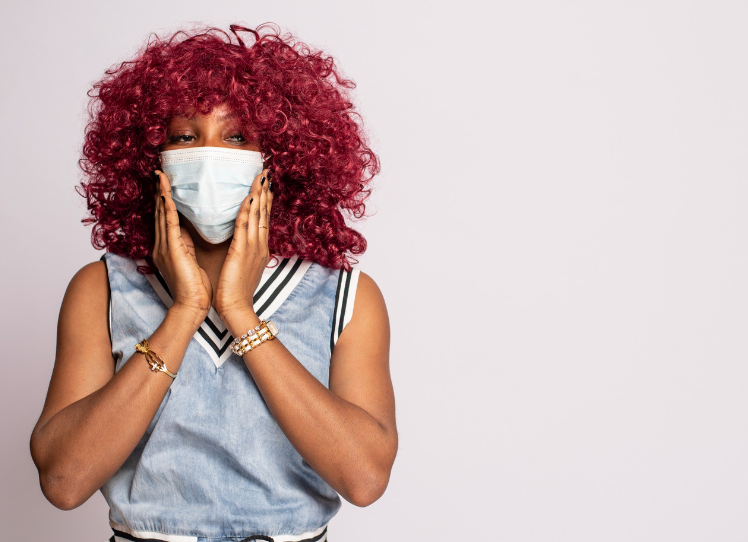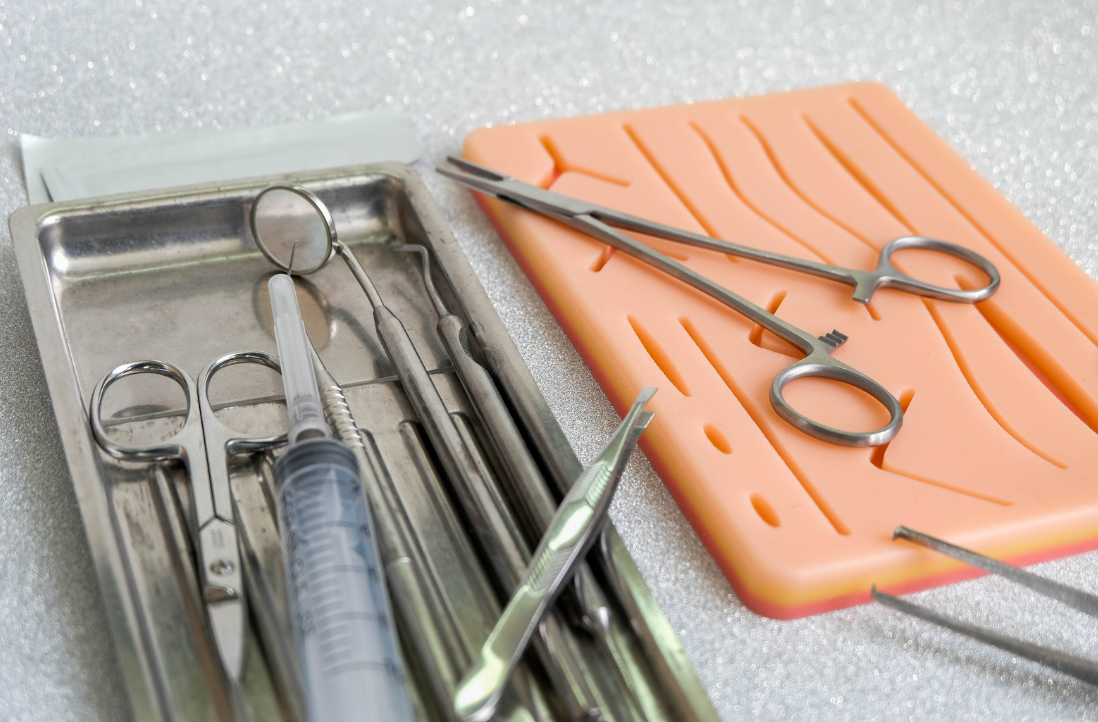Skin Cancer 101: Everything You Need to Know About the Most Common Cancer
Prevention, Detection, and Treatment
Skin cancer is the most prevalent cancer in the United States, developing in one in five Americans. According to the Skin Cancer Foundation, “more than 9,500 people are diagnosed with skin cancer every day.” Of all the skin cancer types, basal cell carcinoma accounts for approximately 80% of skin cancer diagnoses, followed by squamous cell carcinoma and melanoma.
The most dangerous form of skin cancer is melanoma due to its significantly higher tendency for metastasis. Most melanomas arise from normal-looking skin, but approximately a third of melanomas are derived from existing moles. There are several signs to look out for to help you determine if your moles are abnormal and a biopsy.
As a mnemonic, physicians have developed the ABCDE rules for detecting abnormal characteristics of existing moles. Many melanomas may display only one outlying characteristic out of all the ABCDE rules.
- Asymmetry: If you draw a line down the middle of your mole in different directions, benign moles should display a mirror image across the line of dissection.
- Border: Benign moles have well-defined circular borders, whereas melanomas may have ragged or blurred edges. You may also notice that the color on the edges “spilling” into the surrounding healthy skin, which is another warning sign for melanoma.
- Color: Melanomas can have irregular, inconsistent, and uneven colors, often appearing in black, brown, red, white, gray, or blue shades. In general, if your mole is more than one color, you should get it checked for melanoma.
- Diameter: While melanoma can vary in size, a rapidly growing mole that has exceeded a quarter of an inch in width may be suggestive of melanoma.
- Evolution: Any noticeable changes in color, diameter, texture, or shape should be flagged and reported to your physician immediately.
How do I know if I have melanoma for sure? You should never rely solely on your own judgment to determine whether a suspicious lesion is harmless or malignant. The best way to get a definitive diagnosis is to see a dermatologist, who performs skin biopsies. Results usually come back in a matter of days, at which point you can determine the next appropriate course of action.
Common Myths
There are so many misconceptions when it comes to skin cancer:
- “Skin cancer only happens to fair-skinned people.”
Nothing could be further from the truth. Everyone can get skin cancer, including individuals who are darker-skinned. In fact, it can be even more dangerous for dark-skinned individuals because it is harder to detect melanomas. Everyone should be wearing sunscreen regardless of their skin color.
2. “Using tanning beds is safer than sunbathing.”
Many people think that tanning beds are safer simply because they emit artificial rays. The truth is that tanning beds still release UV rays, which can be just as harmful, if not more so, than natural sun rays. Using tanning beds can significantly increase your chances of developing melanoma.
3. “I don’t need to use sunscreen on cloudy days or during winter months.”
Sunscreen should be worn everyday. UV rays can still penetrate through the clouds and are also reflected by snow, water, and sand. Additionally, sunscreen should be worn even indoors because UV rays can creep in through the windows.
4. “I don’t need to check for suspicious moles in non-sun-exposed areas.”
Skin cancer can happen anywhere, including the palms of the hand, soles of the feet, and underneath fingernails. The sun is just one factor that can lead to skin cancer. The truth is that skin cancer can develop anywhere, regardless of how much sun exposure there was.
Catch it Early!
The 5-year survival rate for skin cancer is greater than 95% if detected early. However, this rate drops to around 60% for melanomas that have spread to lymph nodes. As a patient with a personal or family history of skin cancer, it is important to get annual skin checks (even multiple times a year for patients with a history of melanoma) to detect any potential skin cancers early on. If you are diagnosed with skin cancer at a very early stage, do not panic! Catching your skin cancers early makes the treatment process a lot easier.
Ways to Prevent Skin Cancer
There are so many actions that you as a patient can take to prevent skin cancer:
- Apply sunscreen with an SPF >30 on a daily basis, even on cloudy days. It is important to reapply sunscreen every couple of hours.
- Wear protective clothing, including long-sleeved shirts, long pants, and wide-brimmed hats when outdoors.
- Stay indoors during peak sun hours (10 AM to 4 PM).
- Avoid sunbathing or UV tanning beds.
- Regularly check yourself for suspicious moles and other skin lesions, which may be precancerous.
- Get an annual skin-check by a certified dermatologist to identify/treat any precancerous lesions before they progress to becoming full-on skin cancers.
What sunscreen should I use?
We often get questions about what sunscreen is best for skin protection. Firstly, it is important to note that there is a strong difference between sunscreen and sunblock. Sunscreen contains chemicals that absorb UV rays, whereas sunblock creates a physical barrier that reflects them. Sunscreens typically have a lower SPF and provide protection mainly against UVB rays, which plays a role in the development of skin cancer. Sunblock, however, provides much greater protection and protects against both UVA and UVB rays, the former being more responsible for skin aging and wrinkling. Therefore, we generally recommend that patients choose sunblock over sunscreen for broader-spectrum protection. Although nearly all OTC products are called sunscreens, actual sunblock products contain either titanium dioxide or zinc oxide.
What should I do if I was recently diagnosed with skin cancer?
You should seek skin cancer treatment immediately after your diagnosis, especially if it is melanoma. Skin cancer can be treated in so many different ways, depending on the type, location, and severity of the diagnosis. Common treatments include excision, Mohs surgery, cryotherapy, radiation therapy, topical chemotherapy, and immunotherapy. Oftentimes, very early-stage skin cancers can be eradicated with simple topical therapies and light radiation. However, for more later-stage cancers on sensitive areas, such as the face, skin-preserving surgical techniques, namely Mohs surgery, would be a good option. It is important to have a thorough discussion with your dermatologist to determine what is the best course of action for your skin.
Finding the right doctor...
Not every dermatologist is the same. Some dermatologists are only trained to perform skin checks and basic skin procedures, such as small biopsies and local excisions. However, when it comes to something as extensive as Mohs surgery, it is imperative to find a physician who is double-board-certified in dermatology and Mohs micrographic surgery, such as Dr. Hazany. By making skin health a priority and seeking care from a knowledgeable physician, you can not only cure yourself of skin cancer, but also preserve your appearance.

